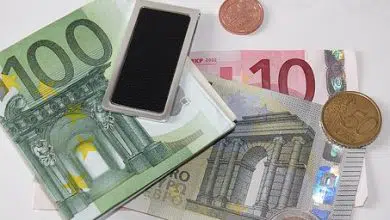A cash budget is an essential management function. It may safeguard a company from being unready for seasonal fluctuations in cash in or out flow or set a company to take advantage of unanticipated quantity discounts from vendors. A cash budget is an executive plan for the most key factor of a company’s cash position.
Methods of Preparation of Cash Budget
There are three methods usually used in preparation of a cash budget. These methods are –
- (a) Receipts and Payments Method.
- (b) Adjusted Profit and Loss Method.
- (c) Balance Sheet Method.
Representing different approaches to the preparation of cash budget, the first method is found useful over short period while the other two methods are generally used over long periods. Only first method is being explained here.
Receipts and Payments Method of Cash Budget
This is the most simple and popular method of preparing a cash budget. It is similar to Receipts and Payments Account in technique. It shows the yearly cash position with proper breakdowns by quarters and months. It is divided into parts. One part shows the amount and timing of cash receipts while the other part shows the amount and timing of cash disbursements. The method involves the following steps –
(i) Estimation of Cash Receipts – Estimates of cash receipts prepared on a monthly basis depend upon estimated cash sales, collection from debtors and anticipated receipts from other sources such as sale of assets, borrowings etc. Delay in cash receipts should also be taken into account while making estimates.
(ii) Estimation of Cash Disbursements – Requirements of cash are based on estimated cash purchases, payment to creditors, employee’s remuneration, bonus, advance to suppliers, interest and principal payable in respect of outstanding and budgeted loans, dividend payments, and capital expenditures for expansion etc. The minimum cash balance desired to be maintained is added with the required disbursements and then provision is made for additional borrowings or capital issues etc.
(iii) Form of the Cash Budget – Budgeted cash receipts and budgeted cash requirements are then brought together to form a total cash budget. From the figures of cash receipts the total cash requirements will be deducted. Then the budget will show the cash position at the end of each control period. If the receipts exceed payments then there will he cash balance at close. If such balance is larger, the management must plan to i:vest in short- term investments for its profitable utilization. On the other hand, if there is a cash shortage, the management must titan borrowings for short period.




